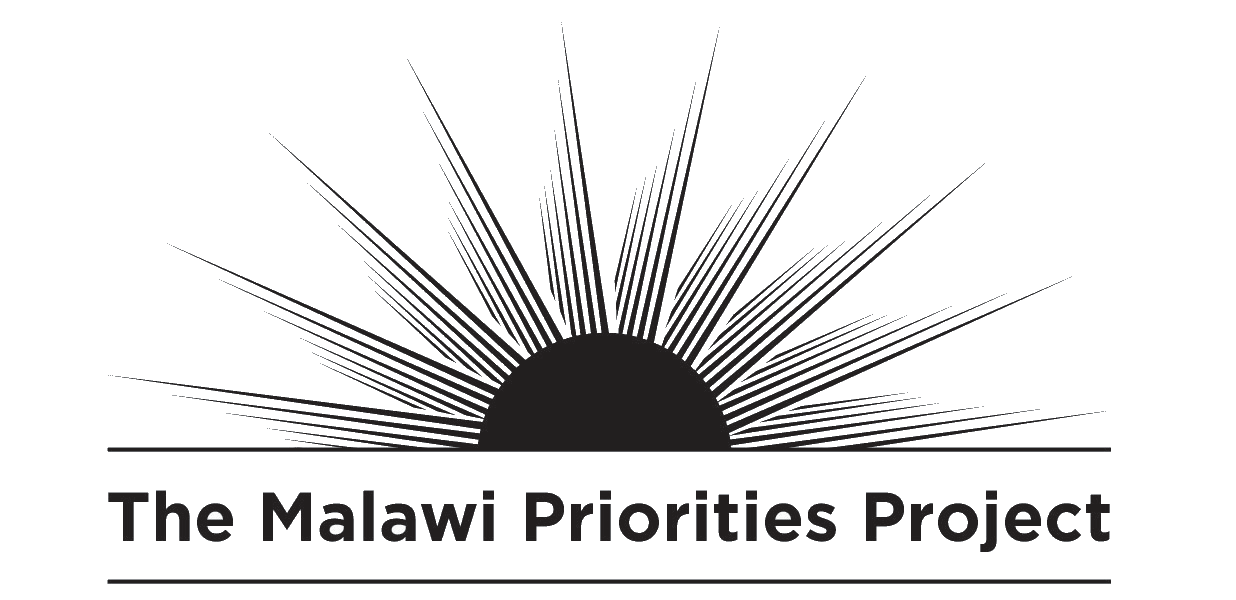Outcome
The economic research from the National Planning Commission and Copenhagen Consensus shows that using Technology Assisted Learning to improve education is one of the most effective policies for Malawi, delivering 106 Kwachas of social good for every Kwacha spent.
This is one of the reasons why the Government of Malawi, through my Ministry, plans to scale up foundational skills teaching and learning through cost-effective tablet-based adaptive technology.
We have already reached almost half a million children, and together with external partners we are aiming to get adaptive learning on tablets to all 3.5 million children in Standards 1 to 4 across our 5,770 public primary schools over this decade.”
Education Minister, Hon. Agnes Nyalonje
Contributing to Malawi’s Evidence Base
Cost-benefit analysis is the primary analytical tool adopted by the project. Cost-benefit analysis applied to 20-30 research questions of national importance. Research took place over the course of 2020 and 2021. Research questions were drawn from the NPC’s existing research agenda, developed in September 2019 after extensive consultation with academics, think tanks, the private sector and government. This sub-set was then augmented, based on input from NPC, an Academic Advisory Group (AAG) of leading scholars within Malawi, and existing literature, particularly previous cost-benefit analyses conducted by the Copenhagen Consensus Center. The research agenda was validated and prioritized by a Reference Group of 25 prominent, senior stakeholders. The selection of interventions was informed by numerous consultations across the Malawian policy space, and one academic and two sector experts provide peer review on all analyses.
In total, the research produced through the Malawi Priorities has established a strong foundation of policy evidence across 22 streams of research, which is being consistently used to inform the NPC’s advice on numerous government initiatives. Growing the reach of this impact, the NPC has undertaken dissemination activities which increase the audience of the research and promote its usage in Malawi’s broader policy discourse. These basic dissemination activities include: Media Panels, Policy Dialogues with relevant Ministries, and the provision of press releases to local media outlets.
Contributing to National Planning Exercises
Over the course of 2021, Malawi also developed of four pivotal planning documents - the National Vision, MW2063; the first 10-year Implementation Plan (MIP1); the Socio-Economic Recovery Plan (SERP) which outlines a short-to-medium term recovery strategy from the impacts of Covid-19; and the National Budget. Copenhagen Consensus was proud to contribute to the evidence base surrounding the decision-making toward both, MIP1 and SERP, through the provision of detailed cost-benefit analyses of key interventions contained within both documents.
Primarily, the impact is directly felt through the increased efficiency and effective use of public funds within the interventions contained within each of the two plans. A stronger leaning towards interventions with higher BCRs mean that the overall benefit-cost ratio of the public funds utilized in Malawi over the coming 2 and 10 year periods will be higher, as outlined within the plans.
Secondly, the commitment to using Cost Benefit Analysis as a guiding tool within decision-making and policy creation across a variety of key policy mechanisms such as these promotes the use of Cost Benefit Analysis and cultivates a culture of stronger decision-making within Malawi’s government bodies writ large. This impact is far-reaching and has raised the bar for policy making, as evidenced on a number of levels, from the partial lifting of the Maize Export Ban as a result of cost-benefit analysis, to the consideration of BCRs for interventions included in Malawi’s Family Planning 2030 plan.
Thirdly, the biggest win is that on a formal level, the MIP1 guidelines explicitly call for the use of prioritization based on value and cost-benefit analysis. This demand for cost-benefit analysis as part of a regulated planning framework is remarkable and unlike most countries except for a few high income nations. Additionally, the flagship projects have three criteria, one of them is benefit-cost ratio, which sets a great precedent for future development plans.
Contributing to Capacity Development and Skills Transfer
As a part of the Malawi Priorities, Copenhagen Consensus Center conducted a Capacity Building Program involved the mentorship and training of a small, targeted group of civil servants to grow their expertise in the use of cost-benefit analysis for policy prioritization, and provide capacity-building assistance in partnership with the NPC. A portion of the program was conducted virtually and spanned two cohorts, with approximately 20 participants, while the bulk of training was conducted through a week-long intensive workshop in Malawi.
Copenhagen Consensus provided technical mentoring such that participants learned how to conduct back-of-envelope Cost Benefit Assessments using ad-hoc scenario calculations or available literature. The program took a ‘learning-by-doing’ approach, which allowed participants to be more involved in hands-on application of the learnings to support real world policy questions. It included an introduction to relevant software and data sources used in the analyses and highlighted software or datasets that are tailor made for specific ministries or authorities with interest in that arena.
During the intensive one-week workshop, the participants and mentors worked through four assessments divided over four sectors, which were designed to equip the participants with a multi-sectoral perspective toward conducting CBA. The assessment topics were selected with a view to Vision 2063 and MIP1, and each of the participants were invited to co-author one of the final assessments following completion of the Workshop.
Get an overview of all the analyzed interventions and the associated benefit-cost ratios in a one-page brochure. Download it here.

